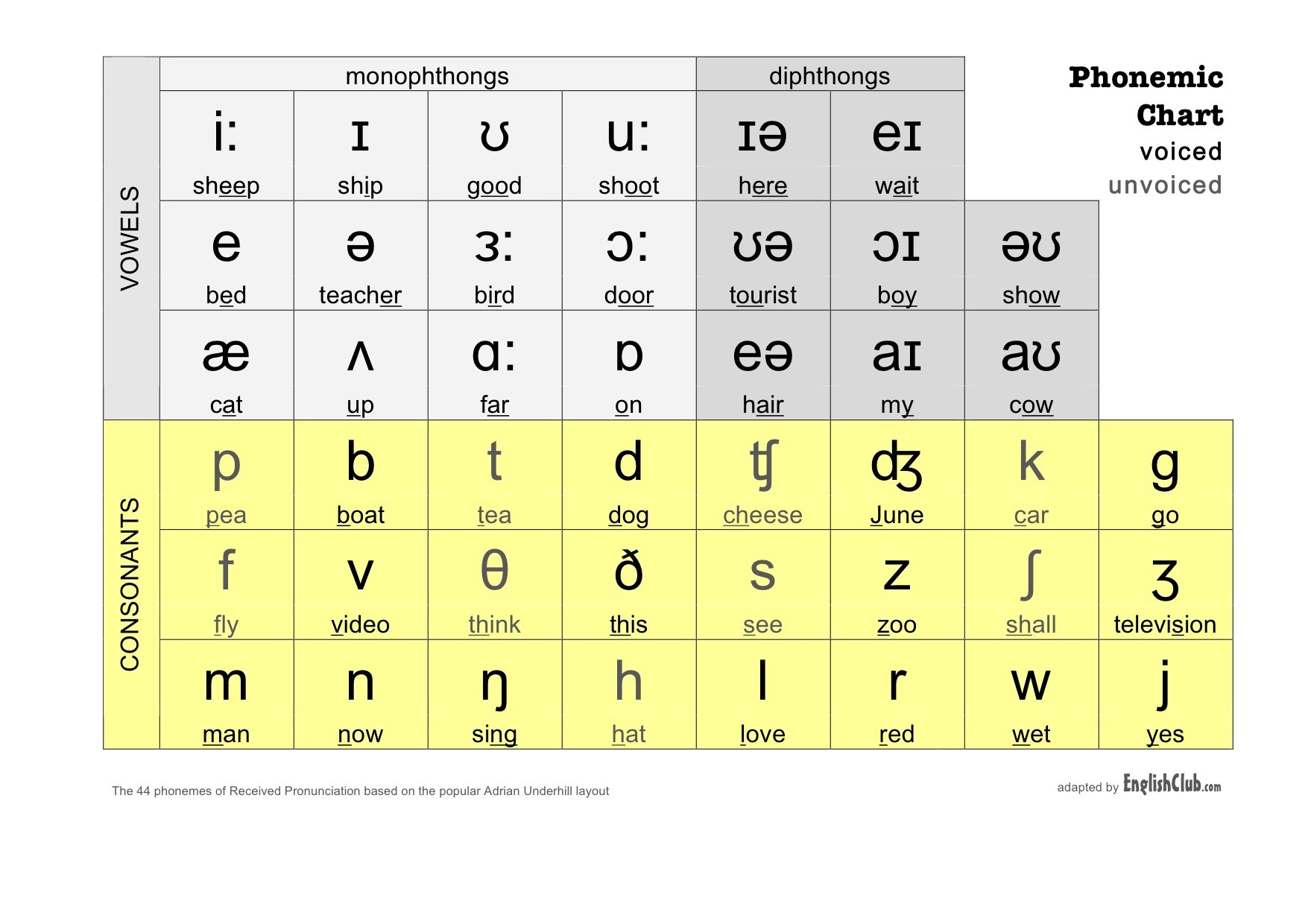
1.
Lodenice doesn’t look very much like the heart of rock ‘n’ roll. But the small Czech village, peering over the motorway linking the capital Prague with Germany, is home to the biggest vinyl record producer in the world. The vinyl revival of recent years has driven GZ Media to heights that owner and President Zdenek Pelc could barely have imagined as he steered the company through the tumultuous days of communism, revolution, and transition to a capitalist system.
2.
“It was like the Wild West at times,” said Pelc, who joined state enterprise Gramofonove Zavody as a manager in 1983. He smiled as he remembered steering the privatized company through the unruly 1990s. The decade witnessed the birth of the Czech Republic out of the ruins of former communist Czechoslovakia, but also the near death of vinyl. As the arrival of CDs all but throttled the older technology, GZ Media’s vinyl presses ground nearly to a halt. By 1994 the company was producing just 350,000 records annually, the vinyl presses running mainly just for punk and metal bands seeking cheap production and tiny batches. “Now we turn out the same amount in one day,” said CEO Michal Sterba.
3.
The vinyl revival has driven an expansion that, aside from the sprawling site in Lodenice, sees the company operating six plants in four different countries. Last year, GZ Media pressed 56.5 million records by the likes of The Rolling Stones, Nat King Cole, Black Sabbath, and Ariana Grande. It hopes by 2024 to be turning out 140 million. History did not end in the 1990s after all: but that cuts both ways. This leaves 71-year-old Pelc — who, since “stepping back” from running the day-to-day operations is only in the office for four days a week — and CEO Sterba not just navigating vinyl’s boom but also the fallout from the COVID-19 pandemic, populism, and war.
Back from the dead

What do you know about the Czech Republic?
4.
“Nothing will ever beat the rich, natural sound of a vinyl record!” declares the GZ Media website. While the company also produces CDs, DVDs and has a large printing operation, it’s the vinyl division that gets all the attention amid a stunning revival, as fans of rock and pop have developed a fresh taste for the aural, visual and tactile pleasures of the LP. During vinyl’s 1990s nadir, just 1 million albums were sold in the United States — the globe’s biggest market by far — according to the Recording Industry Association of America. Though still a drop in the ocean compared with streaming, US vinyl sales topped 22 million in 2020.
5.
“It’s the only example I know of a product all but dying only to return,” enthused Pelc. “The world has too much digital information filling it up. Some people like to hold a nice package in their hand. It’s the same reason that books still exist.” These newly appreciated objects of desire got an additional boost when COVID-19 forced people to stop spending their hard-earned cash on concerts, restaurants and holidays, and locked them up at home, the GZ Media president said.
6.
But while the pandemic increased demand for records, it also disrupted trade and transportation, Sterba pointed out — issues already complicated by the recurrence of trade barriers, raised by populist agendas. The effects of Donald Trump’s bickering with Europe or Brexit mean transport containers still take longer to traverse the Atlantic, with costs having tripled for GZ Media. Lockdown is still delaying the arrival of a Chinese technician to install a machine purchased in China two years ago.

Why do you think Vinyl is experiencing a revival? What other technologies do you think may come back into production and popularity… Why?
7.
Both the president and CEO declare that the company’s ability to adapt while navigating the whims of the music world over the decades, allows them to take such bumps in their stride. But Pelc reddens visibly when the ongoing hike in energy costs comes up. The company’s vinyl presses — over 70 run 24 hours a day in Lodenice — are greedy guzzlers of gas and electricity. With the war in Ukraine driving prices to eyewatering levels, GZ Media’s energy costs have risen by 2,000% over the past year.
8.
That raises the question of sustainability. Although there are efforts afoot to investigate making vinyl more sustainable using recycled plastics, Sterba said that it’s early days. “The most sustainable solution is to download music of course, but consumers want an emotion connection that that [music downloads] just doesn’t supply,” he said.
9.
Music of the future?
GZ Media also claims that its environmental impact is lowered by basing production close to consumers. In June, the company launched its second US plant in the music hub of Nashville. The company also has production bases in Canada and France.With the vinyl revival largely limited to the US and Western Europe, that covers the expansion plans for the division, Sterba said, although the company is also proud of its high-end, high-tech printing and packaging services. “The US is the biggest vinyl market in the world, so expansion there is a simple decision,” Pelc added.

Do you or did you own any vinyl records? What were they?
Phonetic Chart




